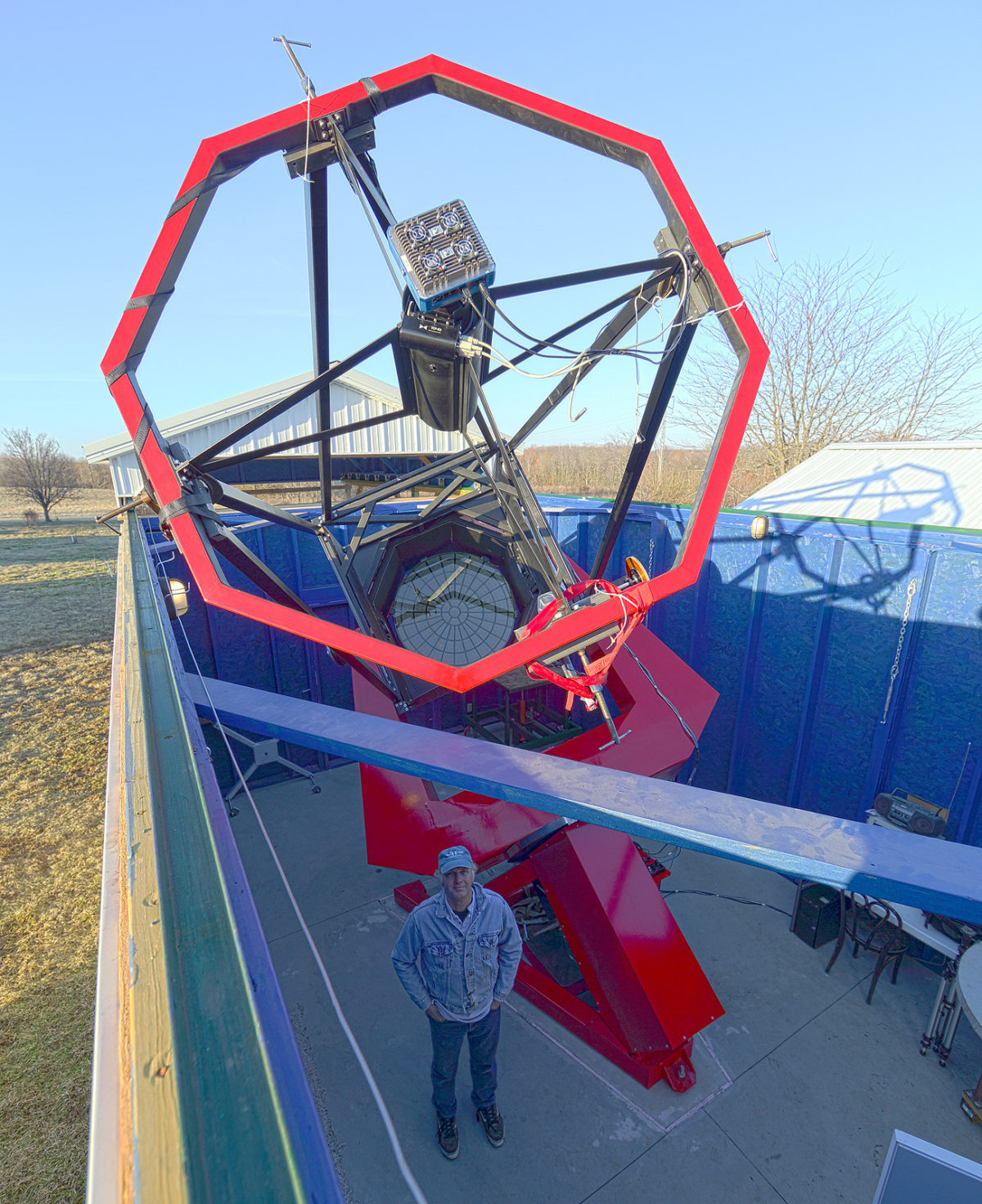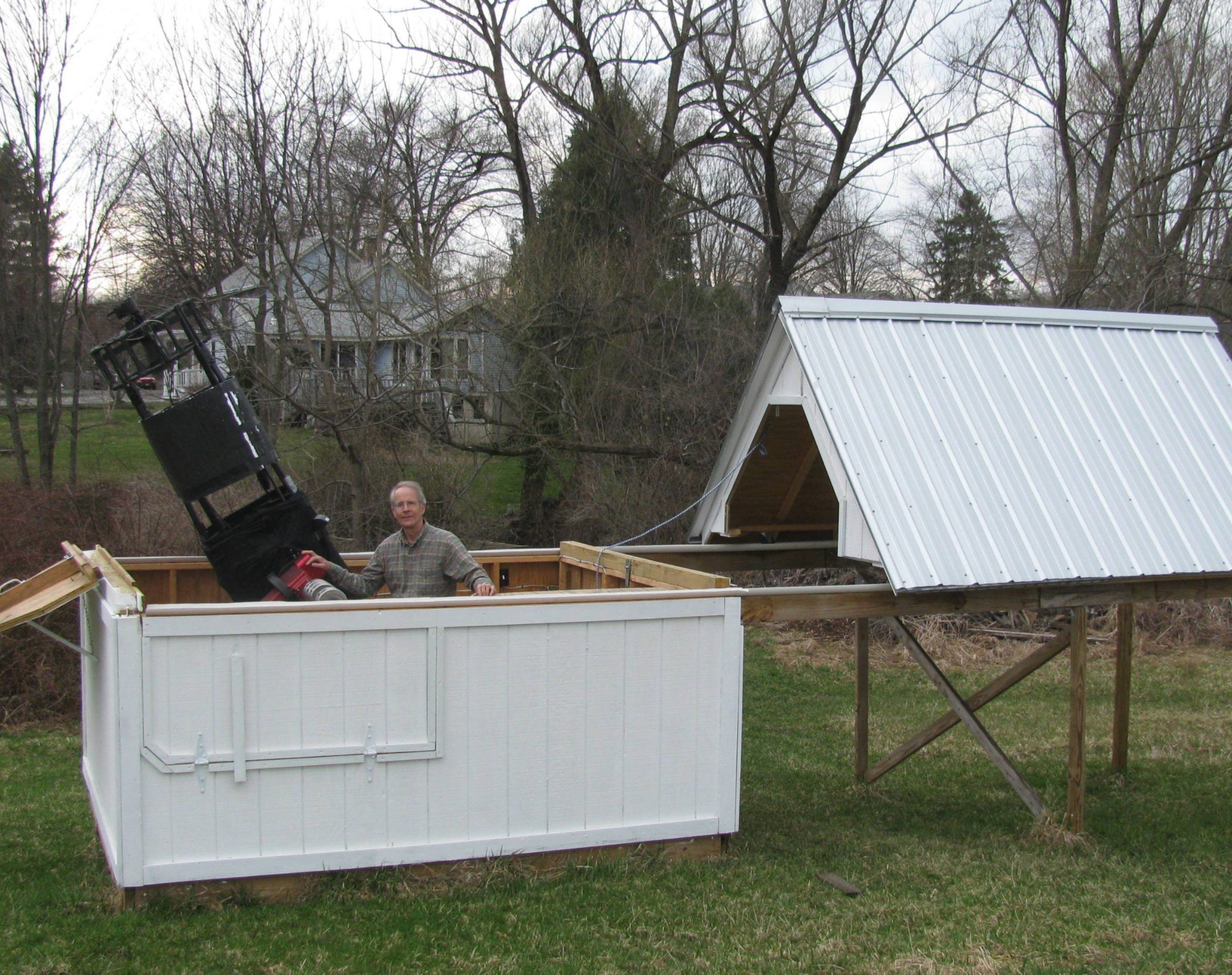Bruce Betts • Mar 07, 2007
The 2007 Gene Shoemaker NEO Grant Recipients
The 2007 Gene Shoemaker Near Earth Object Grants, totaling $34,500 (US), were awarded on 7 March to an international collection of amateur astronomers and researchers.
- Eric J. Allen, Quebec, Canada;
- Robert E. Holmes, Jr., Illinois, USA;
- Jean-Claude Pelle, Tahiti, French Polynesia;
- Donald P. Pray, Rhode Island, USA;
- Giovanni Sostero, Udine, Italy;
- Brian D. Warner, Colorado, USA; and
- Quanzhi Ye, Guangzhou, China.
The observers and their projects were selected from a group of 23 proposals that The Planetary Society received from 11 different countries on five continents.
Eric Allen, from Quebec, Canada, is awarded $3,600 to automate the dome of a 0.4-meter telescope so it can be used robotically.
Robert Holmes, Jr., of the Astronomical Research Institute in Illinois, USA, is awarded $8,000 for the purchase of a Santa Barbara Instruments Group STL1001E CCD camera. Holmes and his NEO Follow-up Project team will use the new camera on their 0.81-meter telescope to provide observations of Near Earth Objects to magnitudes fainter than 21. The Planetary Society Shoemaker Grant will allow the 0.81-meter telescope camera to be controlled robotically, dramatically expanding the data returned from the telescope.

Jean-Claude Pelle's observing location in Tahiti is not only enviable, but is also scientifically valuable, being in the southern hemisphere. Pelle is awarded $5,000 for the purchase of a new CCD camera for a 0.4-meter telescope.
Donald P. Pray operates the Carbuncle Hill Observatory in Rhode Island, U.S.A. He is awarded $7,500 to upgrade and put back into service a 0.35-meter telescope that was displaced when he installed a 0.5-meter instrument. He plans to get both telescopes operating simultaneously and robotically. Pray is one of the most active observers on the "BinAstSurvey" project, which is searching for asynchronous binary asteroids among small NEAs, Mars-crossers, and inner main belt asteroids, and has himself discovered a number of NEO binaries and contributed observations of many others.

Giovanni Sostero represents the Associazione Friulana di Astronomia e Meteorologia in Remanzacco, Udine, Italy. Sostero and his collaborators Vincenzo Santini, Antonio Lepardo, Ernesto Guido, Virgilio Gonano and Luca Donato are awarded $4,400 for the purchase of a computer to control the CCD camera on their 0.45-meter telescope, for the purchase of a coma corrector for the telescope to provide a better field-of-view for the camera, and for the purchase of a set of color filters for photometric observations of NEOs.
Brian Warner is awarded $4,000 to fund an additional 0.35- to 0.4-meter telescope for the Palmer Divide Observatory in Colorado, USA. Warner's observations of NEOs will be made over a sufficient range of phase angles in order to establish accurate absolute magnitude and phase slope parameters for targeted objects. These data can be used to find the sizes of asteroids and to better understand the nature of their surfaces.
Quanzhi Ye from Guangzhou, China, is an 18-year old college student and the principal investigator of the Lulin Sky Survey. Ye is awarded $2,000 to purchase a laptop and software to run a 16-inch automated telescope at a fairly unique northern hemisphere observing site.
Gene Shoemaker Near-Earth Object Grants
The Planetary Society's Shoemaker NEO grant program funds advanced amateur astronomers to find, track, and characterize potentially hazardous near-Earth objects.
Let’s Go Beyond The Horizon
Every success in space exploration is the result of the community of space enthusiasts, like you, who believe it is important. You can help usher in the next great era of space exploration with your gift today.
Donate Today

 Explore Worlds
Explore Worlds Find Life
Find Life Defend Earth
Defend Earth



